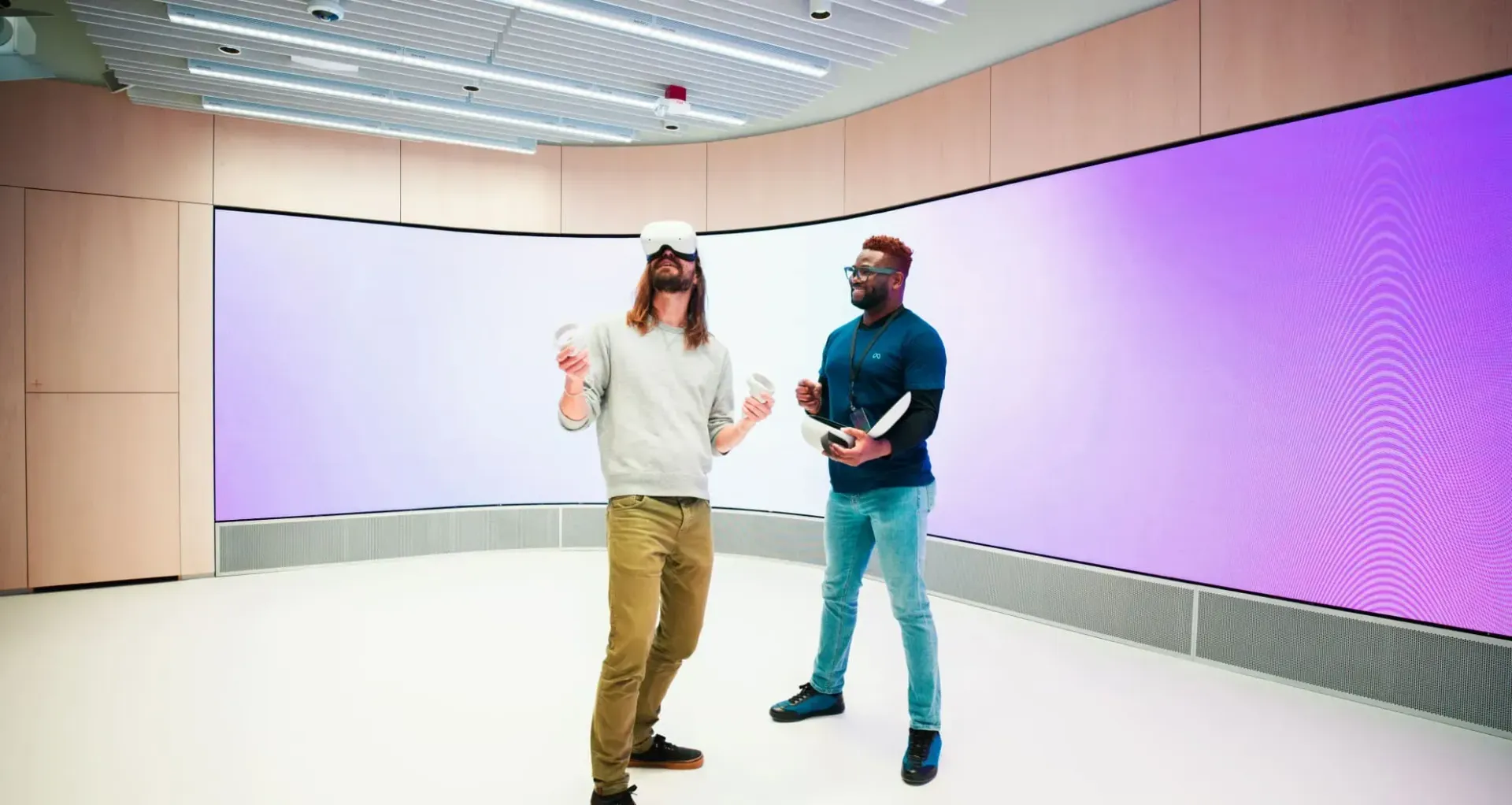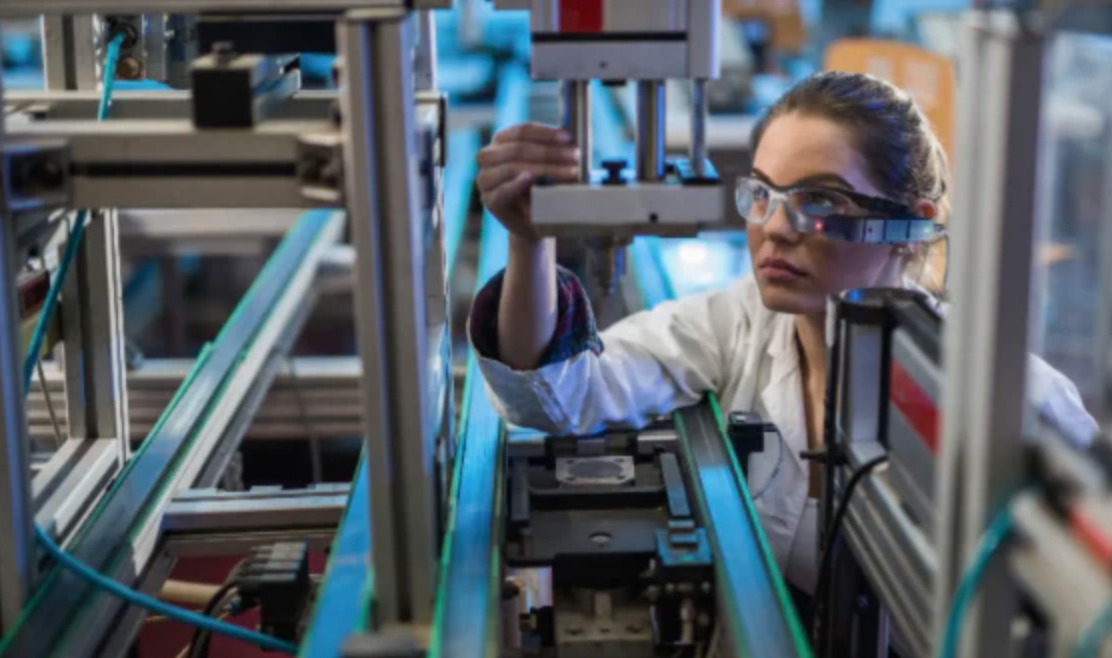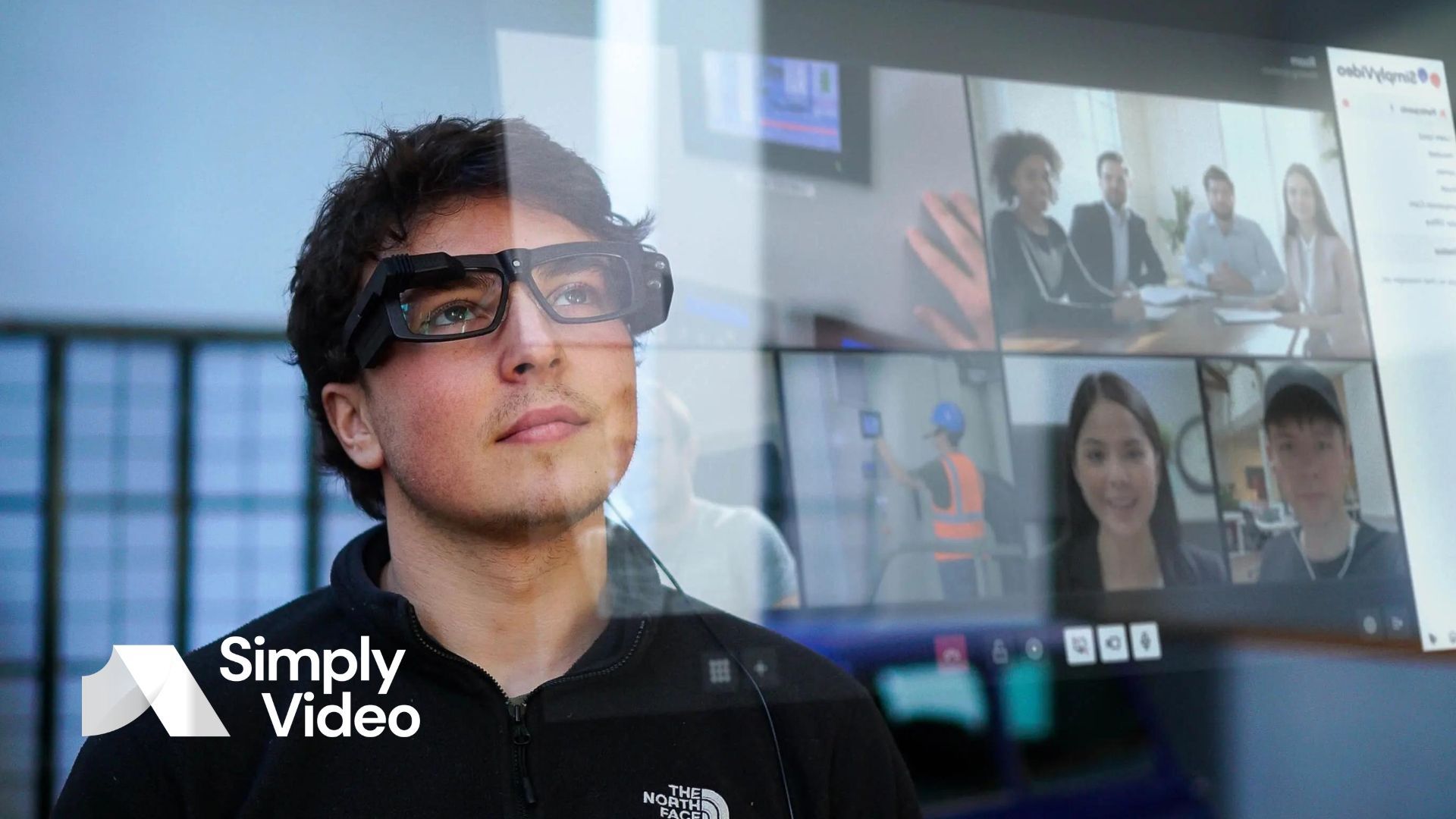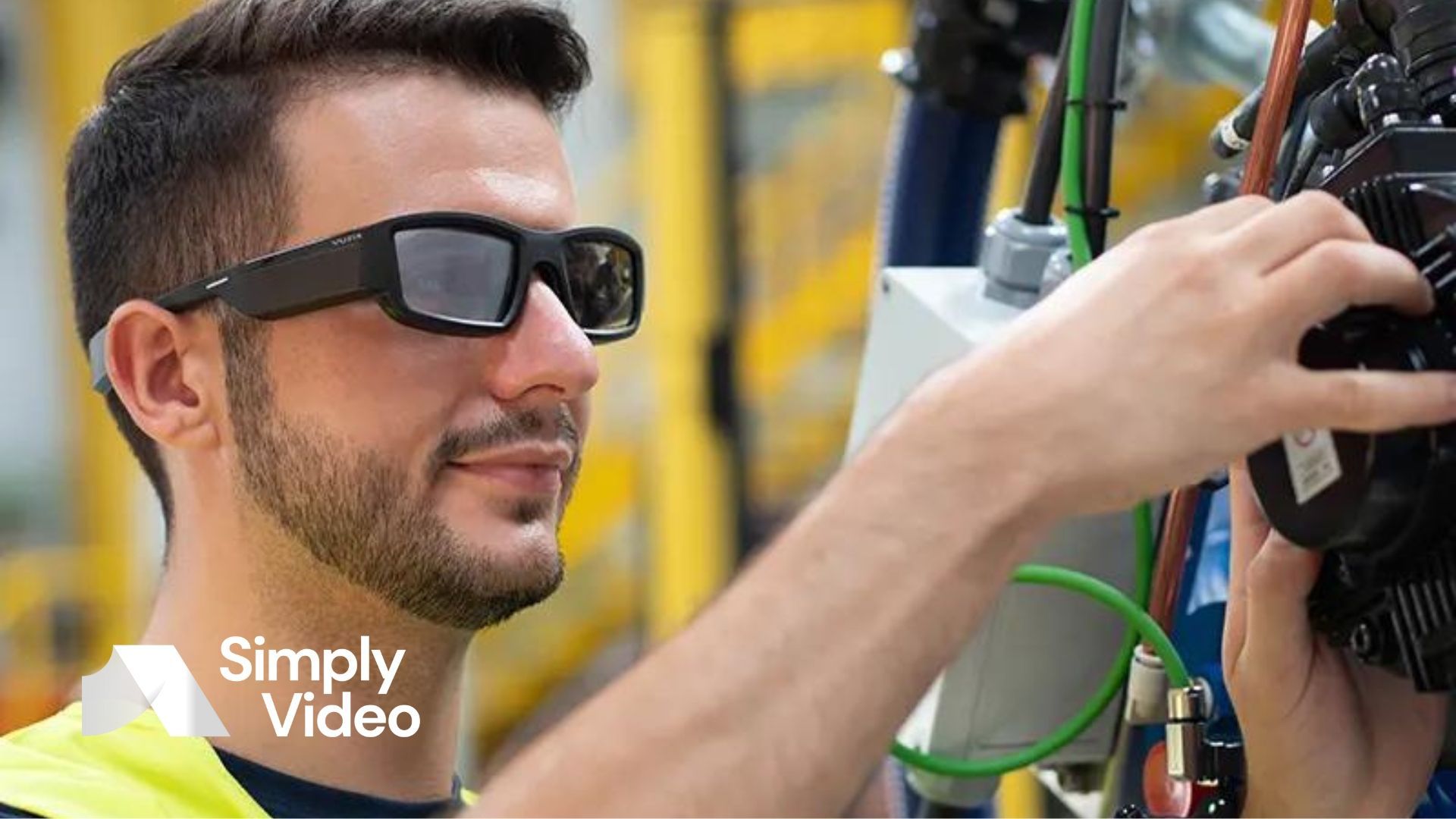XR news roundup: April 2023
Join us for another monthly recap of the latest news from the world of extended reality (XR). This time, we focus on the biggest stories of April 2023.

Welcome back to another round-up of the latest XR news – a series where we compile some of the most interesting announcements and biggest stories from the past month, all under one big virtual roof.
Let's find out what's been happening in April.
Humane gives first live demo of its new device, a wearable AI assistant
During a recent TedTalk, Humane co-founder (and ex-Apple employee), Imran Chaudhri showcased what his team have been working on behind closed doors.
The usually tight-lipped company has developed a product that's causing quite a buzz in the tech world: an AI-powered wearable designed to act as a personal assistant.
Imagine an XR headset turned on its head. Instead of taking the user into the virtual world, it brings the virtual world into the room. (Or park. Or office.)
The biggest innovation? It's completely screenless. Humane's new wearable supports voice and gesture commands and gives spoken responses – a little like the Amazon Echo – while its display is a small but powerful projector. In his demo, Chaudhri had the device attached to his lapel, holding up his hand to show the information beaming onto his palm.
When talking about the device, Chaudhri said, "It's a new kind of wearable device and platform that's built entirely from the ground up for artificial intelligence. […] It's completely standalone. You don't need a smartphone or any other device to pair with it."
During the TedTalk, we saw how this new device offers a "catch-up" service, with a summary of emails, calendar invites and messages. We also saw the tech receive a phone call and translate a short speech into another language in seconds. The wearable even has an in-built camera to identify objects in the world around you.
Magic Leap 2 headset now natively supports OpenXR
American XR company Magic Leap announced earlier this week that its Magic Leap 2 headset is fully compatible with Khronos's OpenXR.
OpenXR is arguably the most accessible, royalty-free application programming interface (API) standard for XR platforms and devices. OpenXR was designed to make XR content compatible across as many devices as possible, meaning developers can write code that can be easily ported to a range of hardware platforms.
Magic Leap was an early contributor to OpenXR and has always been forthcoming in its support of developing a strong virtual ecosystem.
The firm's leading XR device, the Magic Leap 2, was released in September 2022 and has been causing a stir in the industry ever since. The wearable is lighter than its predecessor and offers a wider range of features, including a 70-degree field of view, industry-leading spatial audio, a 12.6-megapixel autofocus RGB camera, 4K video output and 256 gigabytes of storage.
Magic Leap believes that "Open standards are essential to the future of enterprise AR". With this collaboration, it hopes to empower developers and enterprises with greater choice and the ability to easily create cross-platform solutions. Magic Leap has made clear its intentions to "amplify the benefits of OpenXR" and continue working on new and existing extensions.
Meta announces Segment Anything
Meta has recently announced its new Segment Anything Model (SAM): a "promptable" AI model that can outline and "cut out" any object from a scene with a single click. The system can identify and separate, for example, a chair from a single pixel selected on the image.
SAM uses a range of input prompts and has learned – through extensive training – the general concept of what an object is and how to separate it from its surroundings.
To train the engine, Meta used a system it calls a "model-in-the-loop data engine" – where researchers work to expose and train SAM to correctly annotate millions of images and update the model in the process. This intelligent understanding of "how", rather than just "what", means the model is actually able to identify and segment unfamiliar objects that it hasn't been exposed to during training.
The exciting part for those in XR is that Meta plans on using this new system alongside AR/VR headsets. This means the potential for smart glasses to detect and identify what the user has around them.
During its announcement, Meta kept the strategy for SAM's integration with XR vague. However, the possibilities that could come with technology like this are huge for XR – across both consumer and industrial devices.
Apple headset to run iOS apps
To finish off this month's roundup we'll leave you with the latest word from the street. As the supposed launch date approaches for Apple's XR headset, rumours surrounding the device are beginning to intensify.
The latest comes from a newsletter headed by Mark Gurman, a tech journalist for Bloomberg with a long history of accurate Apple predictions. His missive describes the staggering list of applications we can likely expect to see available to headset users.
Amongst the reported apps are:
- XR-adapted "daily driver" apps from the iPad, such as Calendar, Maps, Contact, Mail and News
- The Freeform collaboration app, which allows users to work together on virtual whiteboards
- Facetime
- Camera
- Fitness+
- Apple TV and Books
- Siri
Interestingly, the tech giant seems to be creating a sort of XR all-purpose Mac. Unlike most consumer XR headsets, the focus is not on gaming – it seems that Apple is looking to integrate this device into our daily routines.
Providing the information we're seeing is correct, Apple's new headset will potentially offer more diversity and abundance of apps than anything else we've seen on the market.
SimplyVideo is a video collaboration platform designed for XR devices, desktops and portables. It unlocks the full potential of wearables by enabling features like low-bandwidth streaming, in-call annotation and phonebook functionality. Want to see it in action? Sign up for your 30-day free trial.












